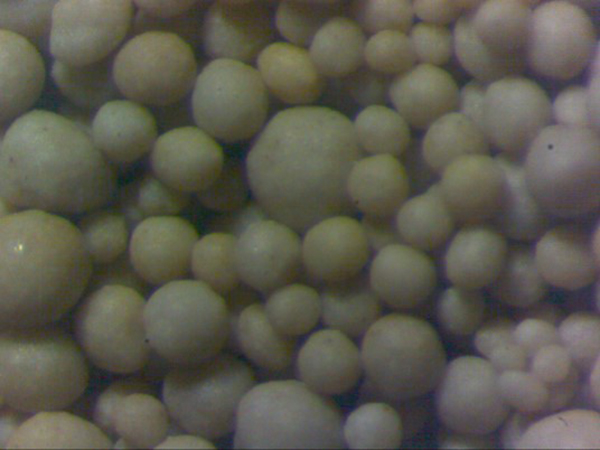Can You Sand 3D Prints?
3D printing has revolutionized the way we design and create objects, from intricate models to functional prototypes. However, the process does not always yield perfectly smooth finishes. As a result, many enthusiasts and professionals alike often wonder, Can you sand 3D prints? The answer is yes, but the method requires understanding the nuances of different materials and techniques involved in post-processing.
Understanding the Basics of 3D Printing Materials
The type of material used in 3D printing significantly affects how it can be finished. Common materials include PLA (Polylactic Acid), ABS (Acrylonitrile Butadiene Styrene), PETG (Polyethylene Terephthalate Glycol), and resin for SLA (Stereolithography) printing. Each of these materials reacts differently to sanding.
- PLA This biodegradable plastic is relatively easy to sand. It has a low melting point, so sanding should be done carefully to avoid melting the surface. Fine grit sandpaper works best for achieving a smoother finish.
- ABS ABS is known for its robustness and impact resistance. It can be sanded effectively, and many users combine sanding with acetone vapor smoothing to achieve a high-quality finish. When sanding ABS, it's good to start with a coarser grit and gradually move to finer grits.
- PETG PETG can also be sanded, although it may not yield as smooth a finish as PLA or ABS due to its higher strength and flexibility. Users often find that a light sanding can help improve the appearance without compromising the material's durability.
- Resin For SLA prints, sanding can remove imperfections adequately. However, it is essential to be aware that certain resins may produce fine dust that can be hazardous. Always wear a mask when sanding resin prints.
The Sanding Process
1. Preparation Start by cleaning the print to remove any dust or debris. If the print has support structures, they need to be removed before sanding. Use pliers or cutters to carefully detach them without damaging the model.
2. Choosing Sandpaper Select appropriate grit sandpaper based on the material. Coarse sandpaper (around 80-120 grit) can be used initially to tackle larger imperfections. Gradually progress to finer grit (up to 220 grit or higher) for a smoother finish.
can you sand 3d prints

3. Sanding Technique Always sand in a circular motion or follow the contours of the model. This technique helps avoid flat spots and uneven surfaces. For harder materials like ABS, use firm pressure, but for softer materials like PLA, apply gentler pressure to prevent melting.
4. Wet Sanding For certain materials, especially PLA and resin, wet sanding can deliver superb results. This method decreases dust and helps achieve a smoother surface. To wet sand, lightly wet the sandpaper and the print before sanding.
5. Finishing Touches After sanding, clean the model with water or a damp cloth to remove any dust. A primer can be applied to fill in any remaining imperfections before painting. If you plan to paint the model, using a filler primer can also help achieve a flawless finish.
Alternative Finishing Techniques
While sanding is an effective method to smooth out the surface of 3D prints, it is not the only approach. Other techniques include
- Chemical Smoothing As mentioned earlier, ABS can be smoothed using acetone vapor. This method melts the surface slightly, allowing for a glossy and smooth finish.
- Heat Gun For some materials, using a heat gun can help smooth out rough edges. This should be done carefully to prevent warping.
- Fillers Using epoxies or specialized fillers can help fill gaps and create a smoother surface, especially for prints with significant layer lines.
Conclusion
In conclusion, sanding 3D prints is not only possible but also an essential step in achieving high-quality finishes for your projects. By understanding the material characteristics and employing the right techniques, you can transform a rough 3D print into a polished, professional-looking product. Whether you are an amateur designer or a seasoned professional, post-processing your prints is a valuable skill that enhances the final results significantly. So, gather your sandpaper and get started – your prints will thank you!
Post time:Նյմ . 24, 2024 14:16
Next:Understanding the Sand Casting Manufacturing Process for Efficient Production Techniques
